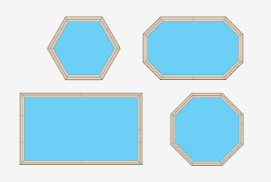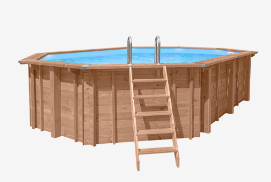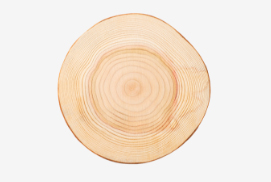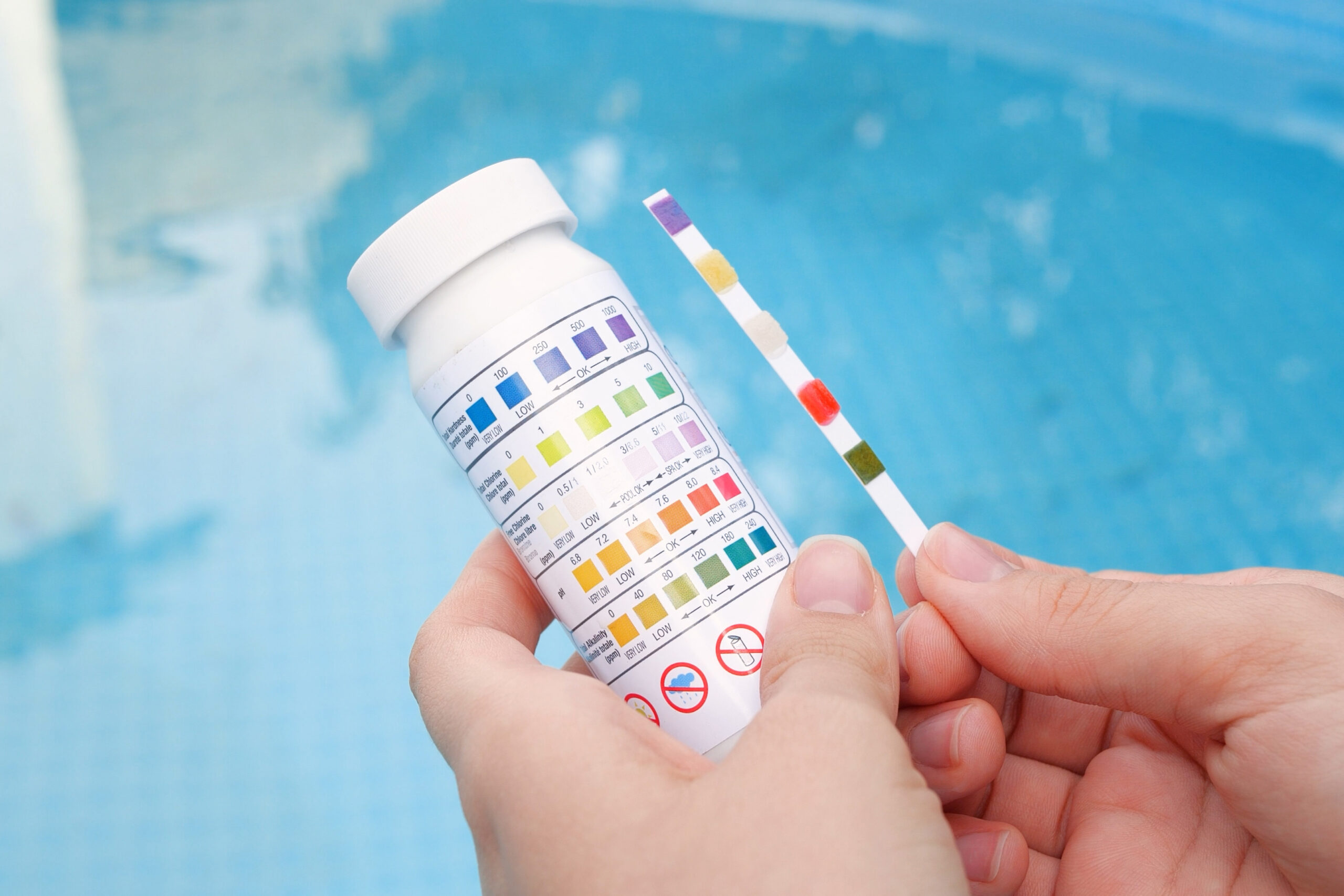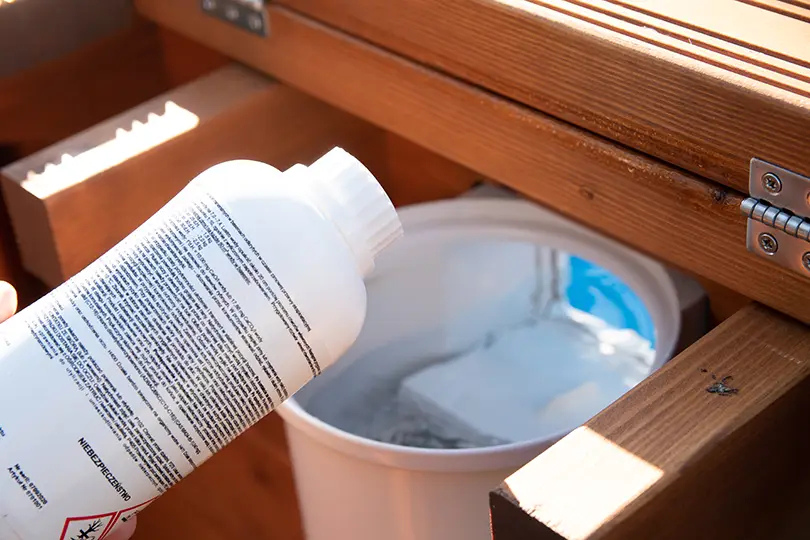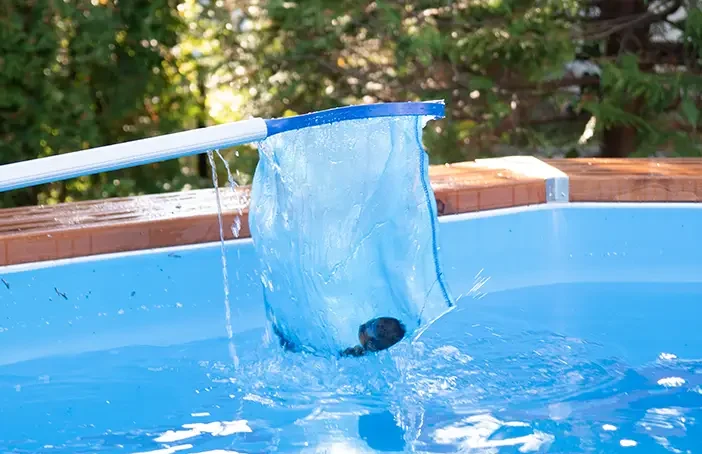Owning a pool can bring years of enjoyment, but keeping it clean and safe requires regular maintenance. However, there are numerous myths surrounding pool maintenance that can mislead pool owners into unnecessary tasks or inefficient practices. In this blog, we will debunk some of the most common pool maintenance myths and provide accurate information to help you keep your pool in top shape.
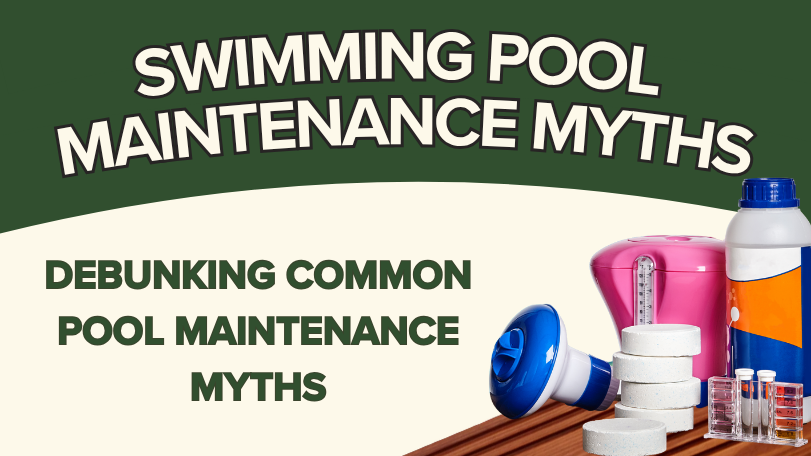
Myth 1: Crystal Clear Water Means the Pool Is Clean
Reality: Just because the water in your pool looks clear doesn’t necessarily mean it’s clean. Many contaminants, such as bacteria, algae, and microscopic particles, are invisible to the naked eye. Relying solely on the appearance of the water can result in the growth of harmful microorganisms. Regular water testing is essential to monitor pH levels, chlorine concentration, and overall water quality, even if the pool looks pristine.
Myth 2: You Only Need to Shock Your Pool Once a Year
Reality: Pool shocking is the process of adding a high dose of chlorine to eliminate contaminants, bacteria, and algae. The idea that shocking a pool once a year is sufficient is a common myth. In reality, you should shock your pool at least once a month, and even more frequently after heavy rain, high usage, or when the water looks cloudy. Regular shocking helps maintain safe chlorine levels and ensures a healthy swimming environment.
Myth 3: Pool Water Never Needs to Be Replaced
Reality: Some people believe that pool water can be reused indefinitely as long as it’s properly treated. However, over time, chemicals, debris, and contaminants can accumulate, leading to water imbalance and inefficiencies in chemical treatments. It’s a good idea to partially replace pool water every 3-5 years, especially in areas with high evaporation rates or heavy pool usage. Fresh water ensures that your pool’s chemical treatments remain effective.
Myth 4: More Chlorine Equals Cleaner Water
Reality: While chlorine is essential for sanitizing pool water, adding too much can cause skin and eye irritation and even damage your pool equipment. Over-chlorination is not the solution to every pool problem. Instead of increasing chlorine levels, focus on balancing your pool’s pH, alkalinity, and chlorine levels. Proper water chemistry will allow chlorine to work effectively without needing excessive amounts.
Myth 5: Backwashing Your Filter Is the Best Way to Clean It
Reality: Backwashing is an important part of maintaining your pool filter, but it’s not the only method you should rely on. While backwashing removes debris from the filter media, it doesn’t address the buildup of oils, lotions, and fine particles. Periodically, your pool filter will need a deep clean using a filter cleaner to remove these stubborn contaminants. Relying solely on backwashing can lead to reduced filtration efficiency over time.
Myth 6: Brushing the Pool Isn’t Necessary
Reality: Some pool owners skip brushing their pool, assuming that the chemicals they add will take care of algae and other contaminants. However, brushing the walls, floors, and steps of your pool helps remove algae and dirt buildup that chemicals and circulation alone cannot. Regular brushing, at least once a week, is crucial in preventing stains and keeping the surface of your pool clean.
Myth 7: Algae Can Only Grow in Warm Water
Reality: Many people think algae can’t grow in cooler water, but that’s not true. Algae can thrive in any water temperature if the chemical balance isn’t maintained. Cooler water may slow its growth, but it won’t stop it entirely. Regular chemical maintenance, including proper chlorine levels and algaecide, is necessary year-round to prevent algae blooms, regardless of the water temperature.
Myth 8: Pool Covers Keep the Pool Clean and Safe Without Any Other Maintenance
Reality: Pool covers are a fantastic tool for reducing debris and maintaining water temperature, but they are not a substitute for regular pool maintenance. While a cover can help keep out leaves and dirt, it doesn’t eliminate the need for regular water testing, chemical balancing, and cleaning. Pool covers can also trap moisture, which can lead to the growth of algae if not properly managed.
Conclusion
There are many misconceptions about pool maintenance that can lead to improper care or inefficient practices. By debunking these myths, pool owners can better understand how to maintain a healthy, clean pool environment. Regular testing, proper chemical balance, and routine cleaning are essential in ensuring that your pool remains safe and enjoyable for years to come.
Stay informed, and always follow proven maintenance practices to keep your pool in optimal condition!








